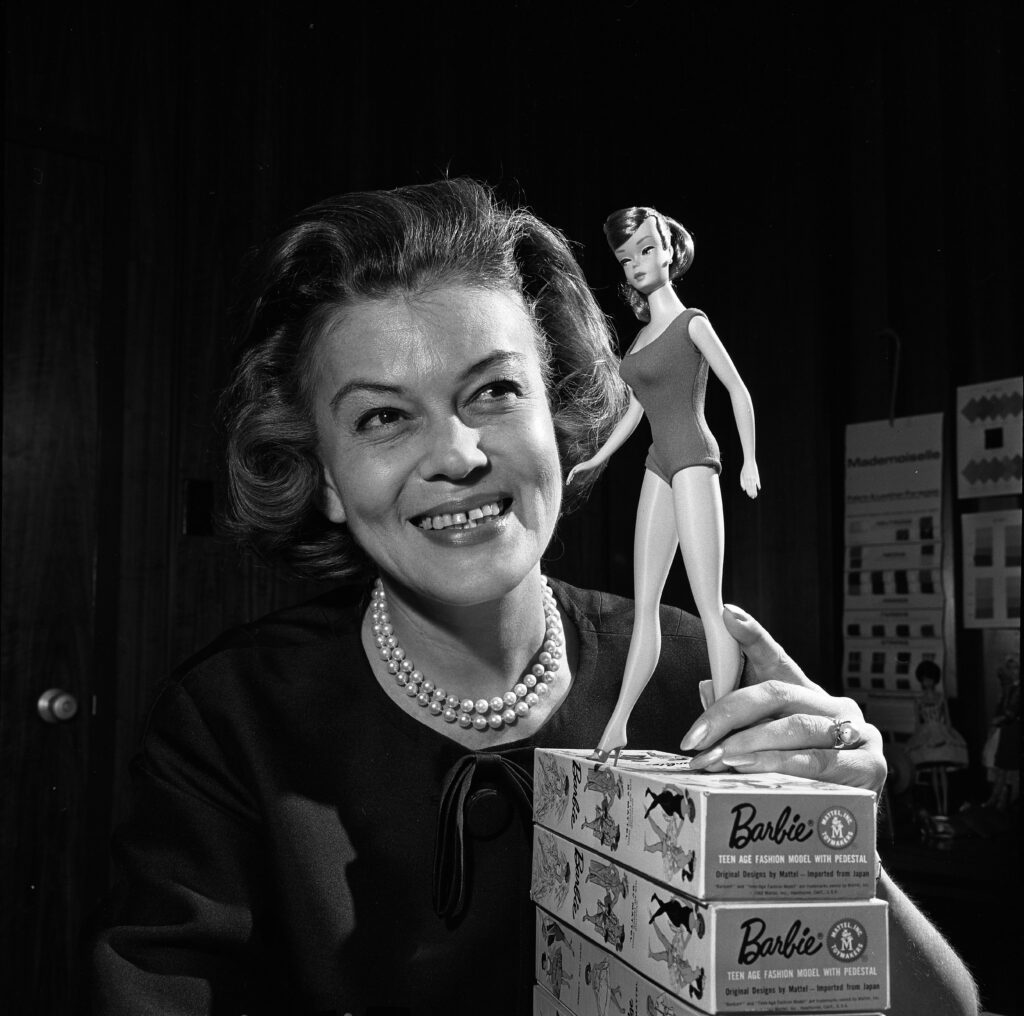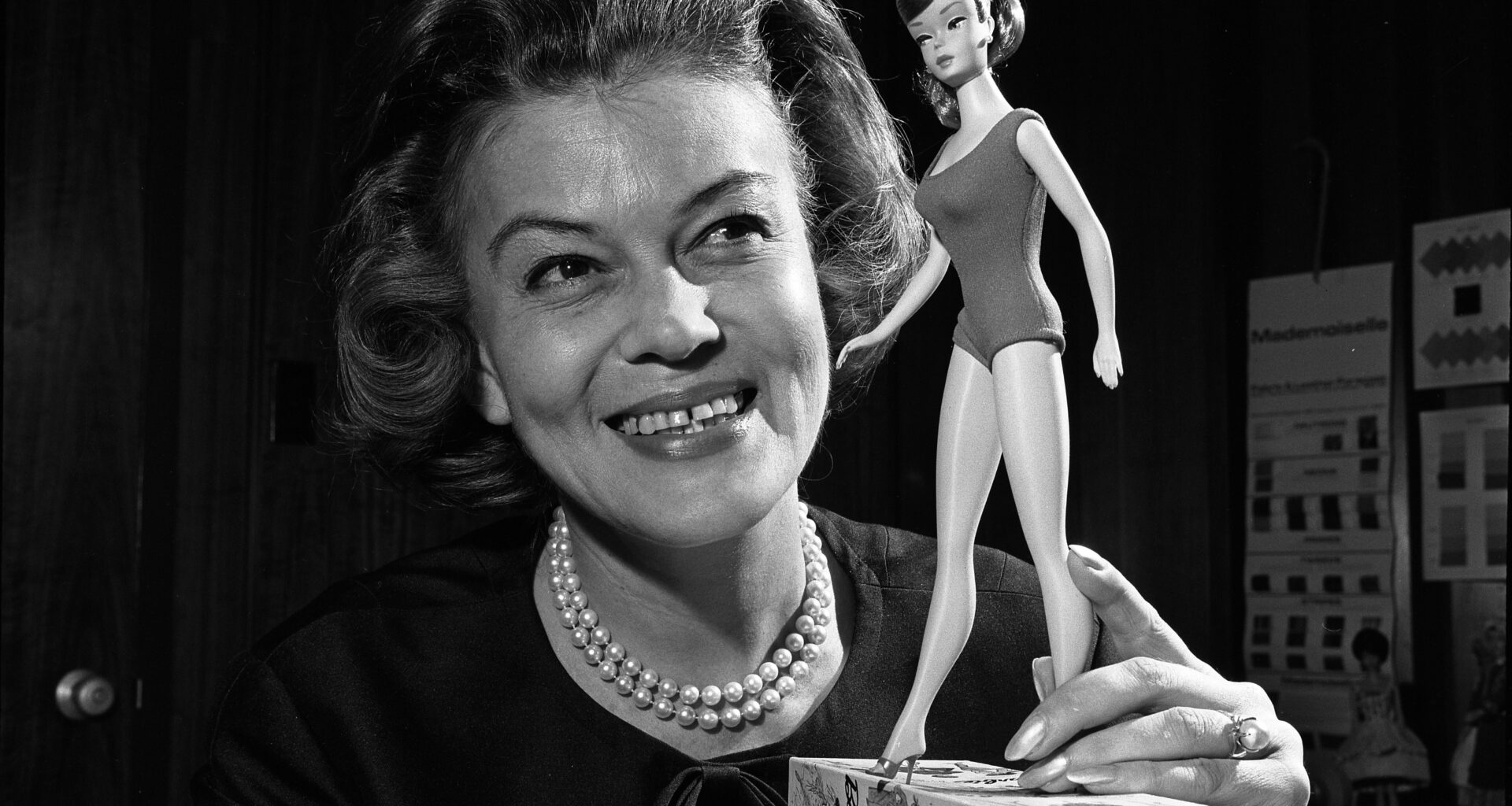
The series of plastic dolls made by Mattel has made the headlines again through the recent Barbie film. Yet the Barbie brand has long been criticised for promoting an unrealistic and unattainable image of what a woman should look like. In Barbie’s world, a woman can be anything she wants – as long as she looks perfect. While this may seem like a paradise for young girls, it has created a living hell for many women in the real world. Unfortunately, these beauty standards are not only unattainable for most women, they also make a mockery of those who struggle to survive in a still largely male-dominated world.
In 2017, a Barbie in hijab was designed to celebrate US Olympic Medalist Ibtihaj Muhammad’s achievements. This doll was part of Mattel’s ‘Sheroes’ series. Mattel portrayed this doll as serving as an ‘inspiration for countless little girls who never saw themselves represented in sports and culture.’ It was wholeheartedly welcomed and the hijab-wearing doll soon became a sign of inclusion and diversity.
However, as pointed out by the New York Post, the hijab-wearing doll does not tell the story of a little Ibtihaj Muhammad who chose the sport of fencing for herself. It was her mother who decided that fencing was the best sport for her daughter, because it was the only sport in which athletes could wear a uniform covering their entire body. And Ibtihaj was required to honour her parents’ religion and culture, regardless of what her own inclinations might have been.
Thus the hijab-clad Barbie appeared to be more of a marketing tool for retrograde clothing like the hijab for kids than it did a celebration of a free-spirited girl with great aspirations.
Wearing the veil as a religious obligation is a controversial subject within Muslim communities around the world. Many renowned Muslim scholars disagree with veiling being adopted or presented as a religious obligation.
Making children wear hijab is not even a religious requirement. It stems predominantly from fundamentalists’ perception of piety, which is imposed on women and girls under immense social and political pressure. This misogynistic ideology absolves men of mistreating women and puts the onus on the victim to use the veil as a means of guarding herself against unwanted advances. The primary goal of covering young girls from an early age is to introduce them to the culture of ‘modesty’ and force them to adopt a strict and unyielding way of life. They have little choice but to fall in with these arbitrary religious and cultural norms.
In such circumstances, when powerful businesses like Mattel promote hijab-wearing in the name of cultural relativism, this ploy serves as nothing more than a marketing strategy tool designed to placate religious fundamentalists, rather than to empower the women who suffer discrimination at their hands.
Furthermore, when corporations like Mattel choose the hijab as a symbol of Muslim women, they support a stereotyped idea of what it means to be a Muslim. This approach delegitimises the worries and suffering of women who reject the hijab and are chastised for doing so.
In addition, the choice of the hijab runs counter to the reality of women in Muslim-majority countries such as Iran and Afghanistan, where women are protesting against the hijab and turning to the streets to demand their fundamental human rights. The hijab is being used as a tactic by the brutal Taliban regime and the theocratic government of Iran to oppress women and girls. Women are tortured and imprisoned for not wearing hijabs, and girls have been prohibited from entering the school gates.
It is thus highly inappropriate for corporations such as Mattel to peddle the hijab – a symbol of oppression – as an inspiration for Muslim girls. They sell an imagined feeling of freedom, a fictitious sense of independence, to Muslim girls who often have no choice but to comply.
It is concerning that such capitalist firms have gained power to redefine what social justice means by marketing symbolic goods which serve no purpose other than to tick the diversity box, while doing little to improve the social and political standing of women. Such exaggerated assertions about women’s rights and diversity convey the ideologically motivated message that ‘all is well’. This could not be farther from the truth.
Such progressive tokenism often does more harm than good. It distracts people from addressing concerns and adopting measures that would actually help to protect women.
The Barbie doll has arguably been used to perpetuate a variety of misogynistic attitudes for years. At least until relatively recently, many of its models depicted women as flawless sexual objects – even when they had careers.
Mattel has never given a satisfactory response to these criticisms, but instead has laid the blame elsewhere. In 2014, Mattel’s lead designer for Barbie, Kim Culmone, said that mothers, not dolls, are to blame for girls’ body issues. ‘Barbie’s body was never designed to be realistic,’ she reportedly said, ‘she was designed for girls to easily dress and undress.’
It is all the more perplexing to find the same Barbie being portrayed as an embodiment of feminism in Greta Gerwig’s new Barbie movie. While Gerwig and her partner Noah Baumbach reportedly had creative freedom in writing the script, Mattel was involved as co-producer.
The movie has managed to capture the attention of people who probably grew up playing with Mattel’s dolls, or knew someone who did. Many commenters have defended Barbie’s fictional struggle as an act of feminism and seem to think that opposing Barbie is the same as endorsing the patriarchy.
The film’s idea of making Barbie develop self-awareness and anxiety, along with physical changes like flat feet and ‘thoughts of death’, is intriguing. However, after venturing into the ‘real world’ of the movie, its heroine feels starts sexualised and objectified. This is perhaps rather an obvious plot development. At the same time, calling Barbie a ‘fascist’, as Gerwig has another female character do, makes her appear gullible and foolish.
The Barbie film presents its protagonist as a feminist icon. Yet it does not deal with the fundamental problem of Barbie’s instrumentalisation by a culture that was, and in many ways still is, structually misogynistic. According to one recent study, playing with a Barbie doll may have a range of negative impacts on women and girls, such as reduced self-esteem and a desire for a slimmer body.
There is a clear significance in the film’s attempt to engage a younger audience in discussions about the struggle for women’s rights. However, it seems disingenuous to use the figure of Barbie, with her pink lipstick, matching clothes and perfect waistline, to raise awareness about these struggles. The movie comes across as a deliberate effort to reintroduce the Barbie brand with fresh traits like morality and self-realisation in a bid to clear Mattel of all criticism, pay lip service to 2020s feminism – and advertise new Barbie dolls.
It is questionable, to say the least, whether companies like Mattel are in the business of empowering women. Whatever the movie may suggest, toys like the Barbie doll surely continue to commodify girls and are designed to encourage them to be nothing but consumers of a cheap ideal of themselves.
Whether you take the Barbie movie or Mattel’s series of Sheroes, everything revolves around the Barbie brand. It seems like a cynical joke to promote this brand as a symbol of feminism and the struggle against the patriarchy. Corporations like Mattel should give up their apparent attempts to whitewash the subjugation of women – whether through Islamic dress codes or unrealistic body images.
It’s time to put the doll back in the box and let the world be inspired by real women.
Enjoy this article? Subscribe to our free fortnightly newsletter for the latest updates on freethought. Or make a donation to support our work into the future.









Your email address will not be published. Comments are subject to our Community Guidelines. Required fields are marked *
Donate